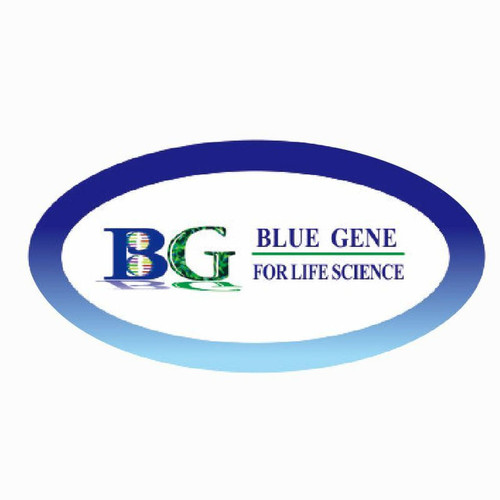Product Description
Mouse Disintegrin and metalloproteinase domain-containing protein 17 (ADAM17) ELISA Kit | AE23775MO | Abebio
Species Reactivity: Mouse (Mus musculus)
Abbreviation: ADAM17
Alternative Name: ADAM18; CD156B; CSVP; MGC71942; TACE; ADAM metallopeptidase domain 18|TNF-alpha converting enzyme|a disintegrin and metalloprotease domain 17|snake venom-like protease|tumor necrosis factor; alpha;
Application: ELISA
Range: 15.6-1000 pg/mL
Sensitivity: 3.9 pg/mL
Intra-Assay: ≤4.6%
Inter-Assay: ≤8.3%
Recovery: 1, 06
Sample Type: Serum, Plasma, Other biological fluids
Detection Method: Sandwich
Analysis Method : Quantitive
Test Principale: This assay employs a two-site sandwich ELISA to quantitate ADAM17 in samples. An antibody specific for ADAM17 has been pre-coated onto a microplate. Standards and samples are pipetted into the wells and anyADAM17 present is bound by the immobilized antibody. After removing any unbound substances, a biotin-conjugated antibody specific for ADAM17 is added to the wells. After washing, Streptavidin conjugated Horseradish Peroxidase (HRP) is added to the wells. Following a wash to remove any unbound avidin-enzyme reagent, a substrate solution is added to the wells and color develops in proportion to the amount of ADAM17 bound in the initial step. The color development is stopped and the intensity of the color is measured.
Product Overview: ADAM17 is a 70-kDa enzyme that belongs to the ADAM protein family of disintegrins and metalloproteases. ADAM17 is understood to be involved in the processing of tumor necrosis factor alpha (TNF-alpha;) at the surface of the cell, and from within the intracellular membranes of the trans-Golgi network. This process, which is also known as 'shedding', involves the cleavage and release of a soluble ectodomain from membrane-bound pro-proteins (such as pro-TNF-alpha;), and is of known physiological importance. ADAM17 was the first 'sheddase' to be identified, and is also understood to play a role in the release of a diverse variety of membrane-anchored cytokines, cell adhesion molecules, receptors, ligands, and enzymes.
Stability: The stability of ELISA kit is determined by the loss rate of activity. The loss rate of this kit is less than 5% within the expiration date under appropriate storage condition. The loss rate was determined by accelerated thermal degradation test. Keep the kit at 37°C for 4 and 7 days, and compare O.D.values of the kit kept at 37°C with that of at recommended temperature. (referring from China Biological Products Standard, which was calculated by the Arrhenius equation. For ELISA kit, 4 days storage at 37°C can be considered as 6 months at 2 - 8°C, which means 7 days at 37°C equaling 12 months at 2 - 8°C) .
 Euro
Euro
 USD
USD
 British Pound
British Pound
 NULL
NULL












